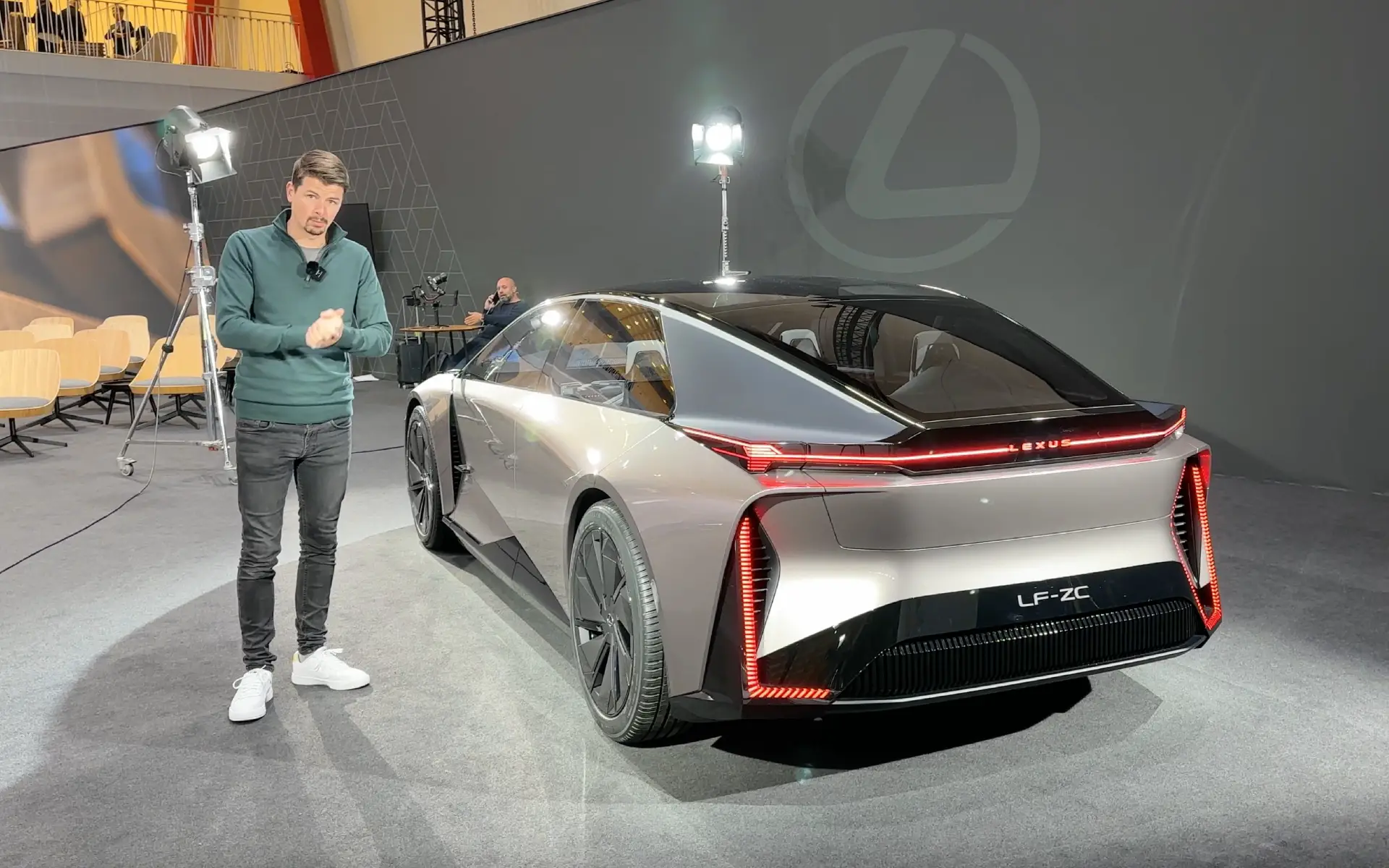Here’s what Lexus is planning in the coming years
Strategy new generation of battery-electric cars
Lexus has defined its strategy for a new generation of battery-electric cars. In doing so, it applies design principles and new technologies that are changing the future of the automobile. Pascal Ruch, Vice-President Lexus Europe and Value Chain, said, “Lexus is a technology pioneer, ever since the brand was founded in 1989. We are developing a new, modular vehicle structure and new batteries, not only to improve the performance of our BEVs, but also – perhaps more importantly – to reinvent driving pleasure. A revolution in software is also coming. This will allow us to develop cars with unprecedented personalization capabilities, making luxury truly personal for our customers.”
Downsizing and weight reduction
Lexus’ next-generation BEVs take advantage of the opportunities offered by downsizing and weight reduction of structural components, which can make cars more versatile. The LF-ZC and LF-ZL concept cars show how Lexus intends to make the most of the opportunities of electrification and innovative technology to provide new mobility experiences.
Lexus LF-ZC
The LF-ZC (Lexus Future Zero-emission Catalyst), which made its European debut at the Kenshiki event in Brussels, is a preview of a new sedan that Lexus will bring to market in 2026. The car benefits from Lexus’ experience in electrification. Its clean proportions, low center of gravity and spacious interior combine functionality with pleasing aesthetic design. The car has the dimensions of a Lexus ES, so this may be the successor to the current generation ES.

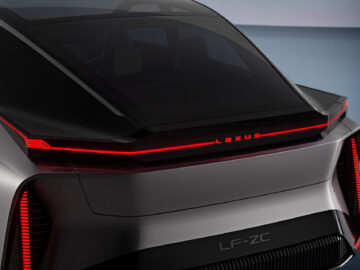
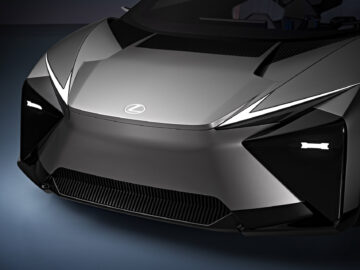
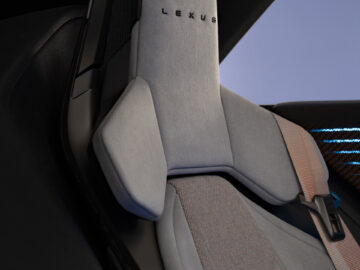
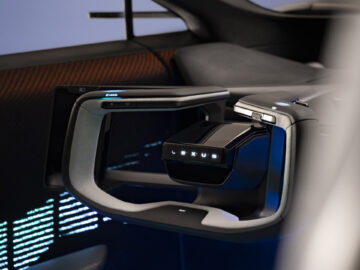
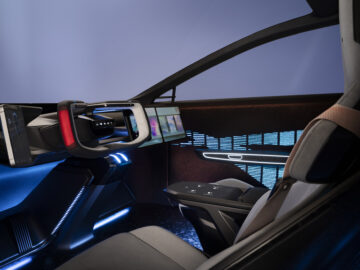
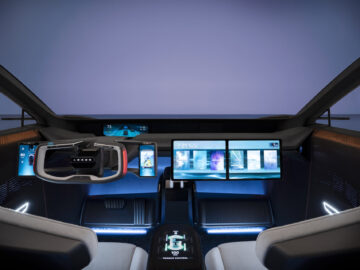
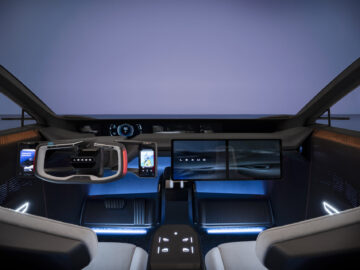


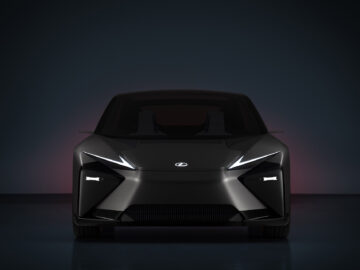
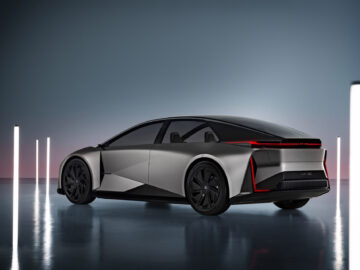


Lexus LF-ZL
The Lexus LF-ZL (Lexus Future Zero-emission Luxury) is a concept for a premium electric SUV. The driver can tailor the driving experience to his individual preferences; interaction with the car reaches a higher level as the car makes personalized suggestions to its driver, based on his (driving) style and habits. The use of bamboo as a signature material in the interior alludes to Japanese traditions and also reflects Lexus’ sustainable approach: industrial use of fast-growing bamboo is essential to prevent overgrowth and protect nature.
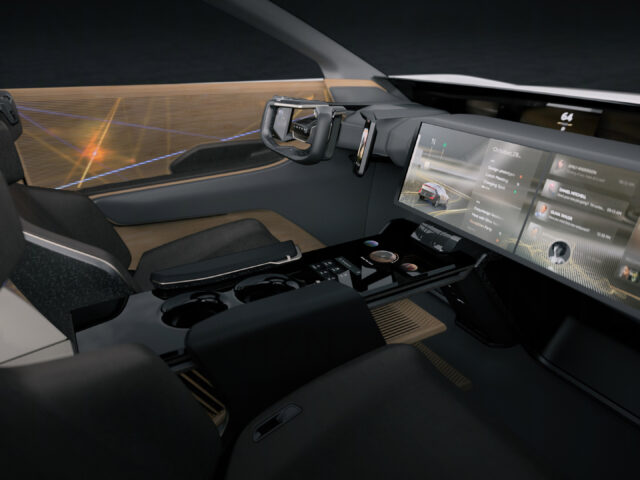

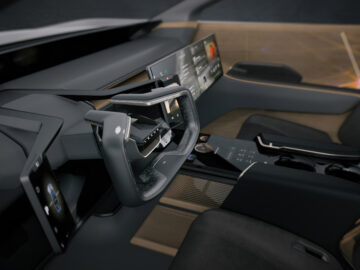
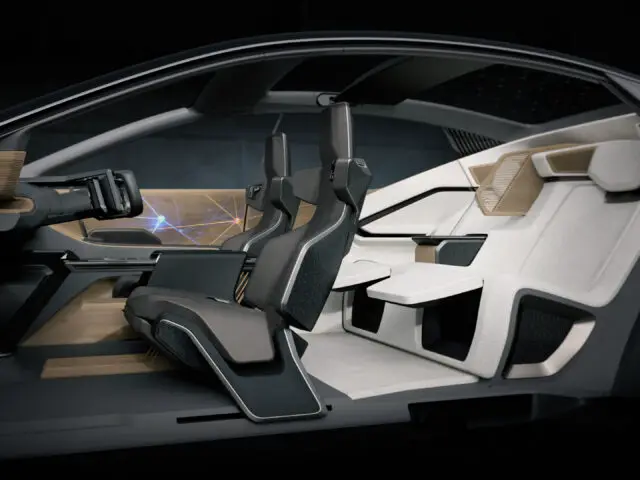
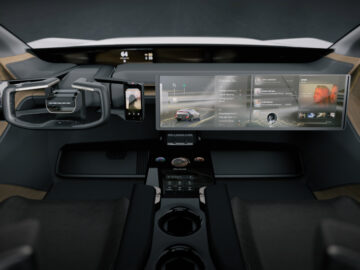
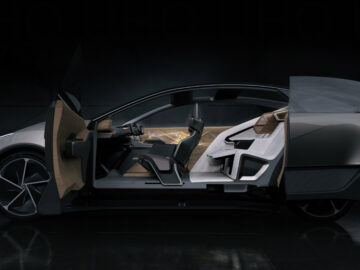
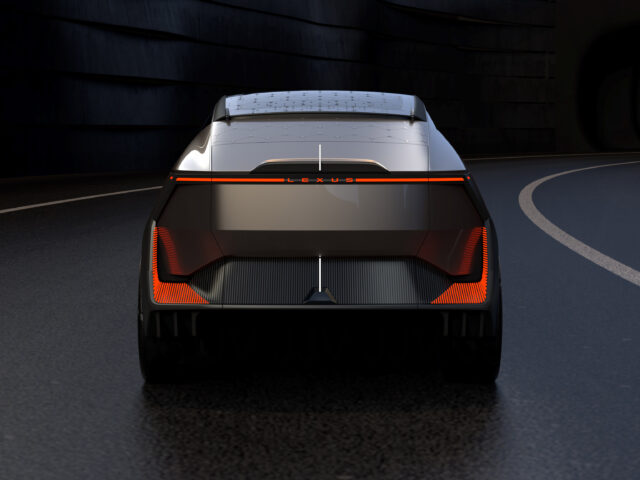

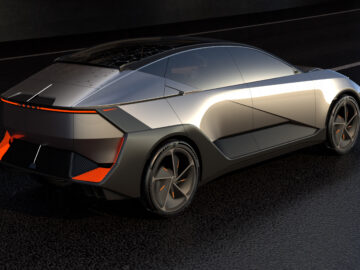

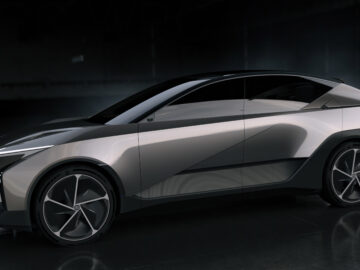
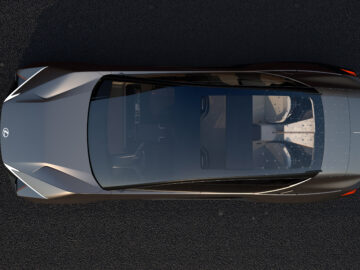
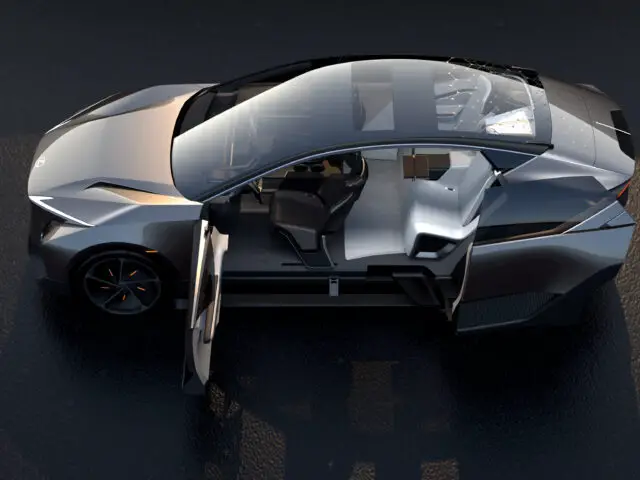
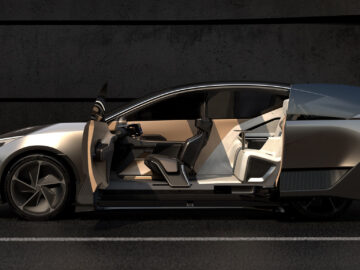
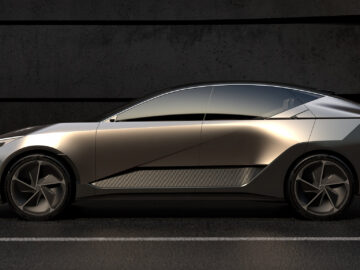
Smart cockpit
The fully digital cockpit of both models gives the driver quick access to controls. The central element is the steering wheel with which the driver controls the One Motion Grip-steer-by-wire technology. All functions are brought together on small digital screens on either side of the driver. Controls such as shift systems, safety and driver assistance systems (ADAS) and driving mode selection are on the left screen, convenience functions such as audio, air conditioning, phone and AI functions are grouped on the right. The concept cars also feature digital mirrors and an extra-wide monitor on the passenger side for access to entertainment and mobility apps.
Arene OS
The new Arene operating system offers new entertainment and connectivity options. Using AI (artificial intelligence), voice recognition responds quickly to spoken commands and can also make personal suggestions – just like a personal butler. The system can even learn the driver’s routines and preferred apps and functions and activate them automatically, without the driver having to ask.
Direct4 in Lexus BEVs
Direct4 – already present in the battery-electric Lexus RZ and the RX 500h – continuously balances front and rear axle drive torque depending on the load on each wheel. This ensures optimal traction in all conditions, with more linear acceleration, improved cornering and even greater stability. With a steer-by-wire system, future Lexus BEVs will offer more intuitive steering, especially on twisty roads.
Gigacasting
Lexus is adopting a new modular structure for the next generation of BEVs in which the car’s body consists of three parts: front, center and rear. This is made possible by “gigacasting” that gives more freedom for the shape of the car. Gigacasting allows the number of parts – the front and rear of a car currently consist of about 175 separate elements – to be reduced. This drastically reduces production time and creates flexibility for rapid development of diverse vehicle types. The front and rear modules can each be produced within two minutes.
The modular structure also provides the benefits of increased rigidity as well as weight reduction. That, in turn, contributes to linear, natural-feeling driving dynamics. Lexus also pays attention to repair costs, so small accidents need not lead to high repair costs. In addition, the production process is also being transformed: cars will move autonomously through each stage of production on a self-driving assembly line.
Multi-technology electrification approach
Through 2026, Lexus continues its multi-technology electrification approach. Which is based on three vehicle types:
- Models with multiple powertrain options, such as the UX, NX and RX SUVs.
- BEVs based on Lexus’ current globally used platform, such as the RZ.
- BEVs produced using gigacasting on the next-generation platform, such as the sedan Lexus will launch in 2026, which is based on the LF-ZC concept car.
Three categories
In the coming years, Lexus will introduce new models in each of these three categories, including BEVs, to expand its model range. The new models also all benefit from powertrain improvements and ongoing development of battery technology. Lexus will then be the first to adopt new battery technology, such as a new lithium-ion battery that is expected to charge from 10 to 80 percent in about 20 minutes and with a range of about 800 kilometers (WLTP). A cheaper battery will also be available, expanding customer choice.
Lexus RZ with front-wheel drive
In spring 2024, Lexus will expand the RZ range with a new front-wheel-drive version. Then, for the first time, the One Motion Grip steer-by-wire option becomes available.
Manual transmission for BEVs
Also planned is a system that mimics the feel and operation of a manual transmission for BEVs. Outside, the car is as quiet as any BEV, but the driver experiences all the sensations of a manual transmission car, including engine noise and vibration.
Plans in Europe
Lexus expects to sell about 74,000 new cars in Europe this year. That’s an increase of about 50% from 2022. This makes Lexus one of the fastest growing premium brands. The brand hopes to grow into a “six digit brand” in Europe.
Lexus LBX
Lexus expects the momentum to continue in 2024 and is coming out with the LBX, Lexus’ first compact crossover.

